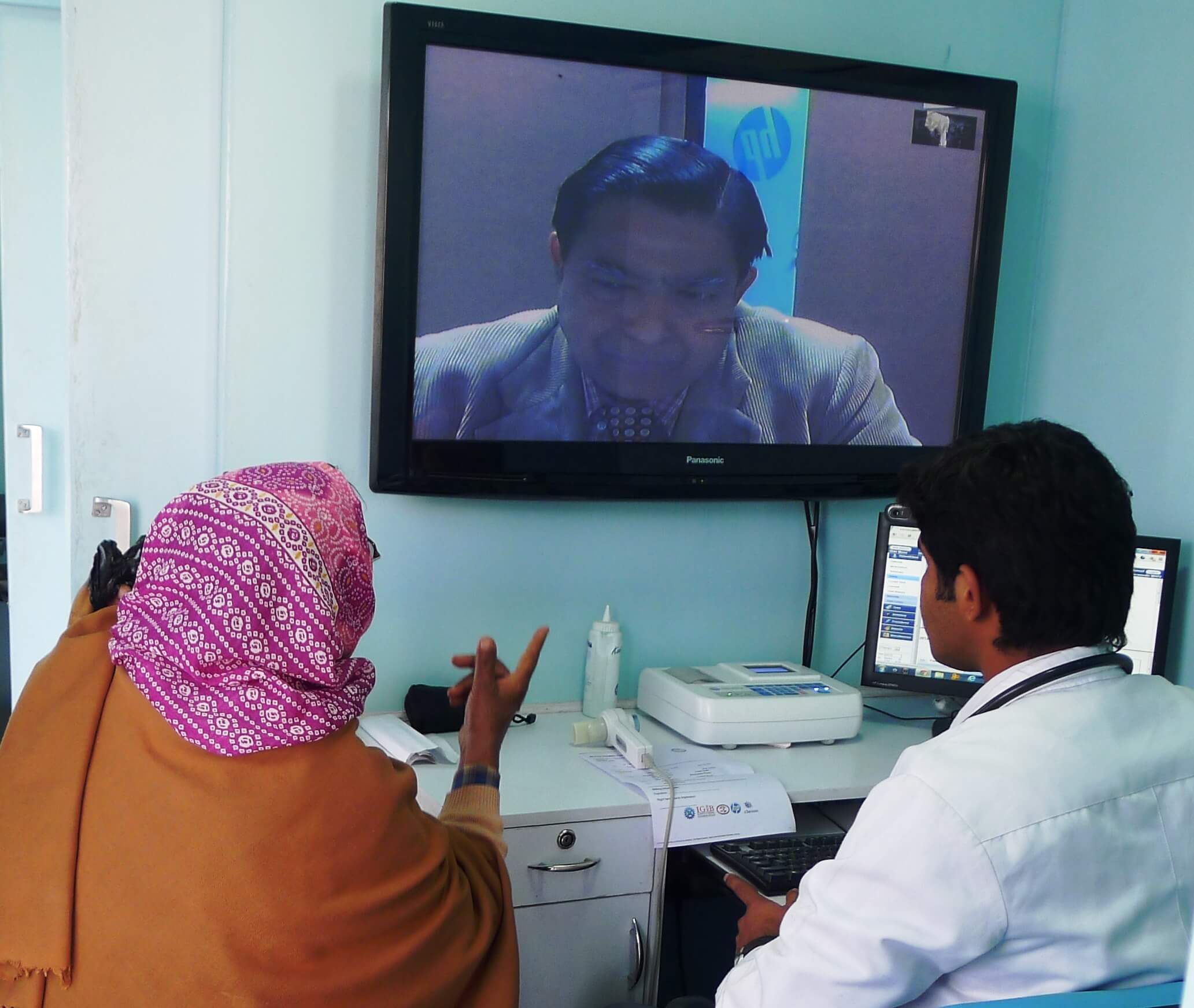The Government of India, in collaboration with the World Bank, began an initiative in 2004 called the Integrated Disease Surveillance Project (IDSP), a network that would connect government hospitals, medical colleges, state headquarters, and district surveillance units to a central database. The World Bank is investing Rs 20 crore in the development of this health network. To be completed by June 2007, the objective of IDSP is to generate early warning signals for epidemic. The current emergency response process is based on a manual one. Under this initiative, around 50-100 disease surveillance units are to be set up per district. At the district level, non-governmental organisations (NGO) doing, and interested in disease surveillance, as well as representatives of the Indian Medical Association (IMA) and Indian Association of Paediatrics (IAP) are expected to participate. A central IDSP location will have a back-up of the entire database. This unit will be networked to various studios across the country where an expert panel of doctors could uate the situation and guide the local panel in case of a disease outbreak. The network is being built to connect 610 district hospitals, 35 state headquarters, one central unit (at Delhi) and 150-odd medical colleges. With the setting up of the Health Network in India, up to eight communicable diseases can be kept within control.

Be a part of Elets Collaborative Initiatives. Join Us for Upcoming Events and explore business opportunities. Like us on Facebook , connect with us on LinkedIn and follow us on Twitter , Instagram.












